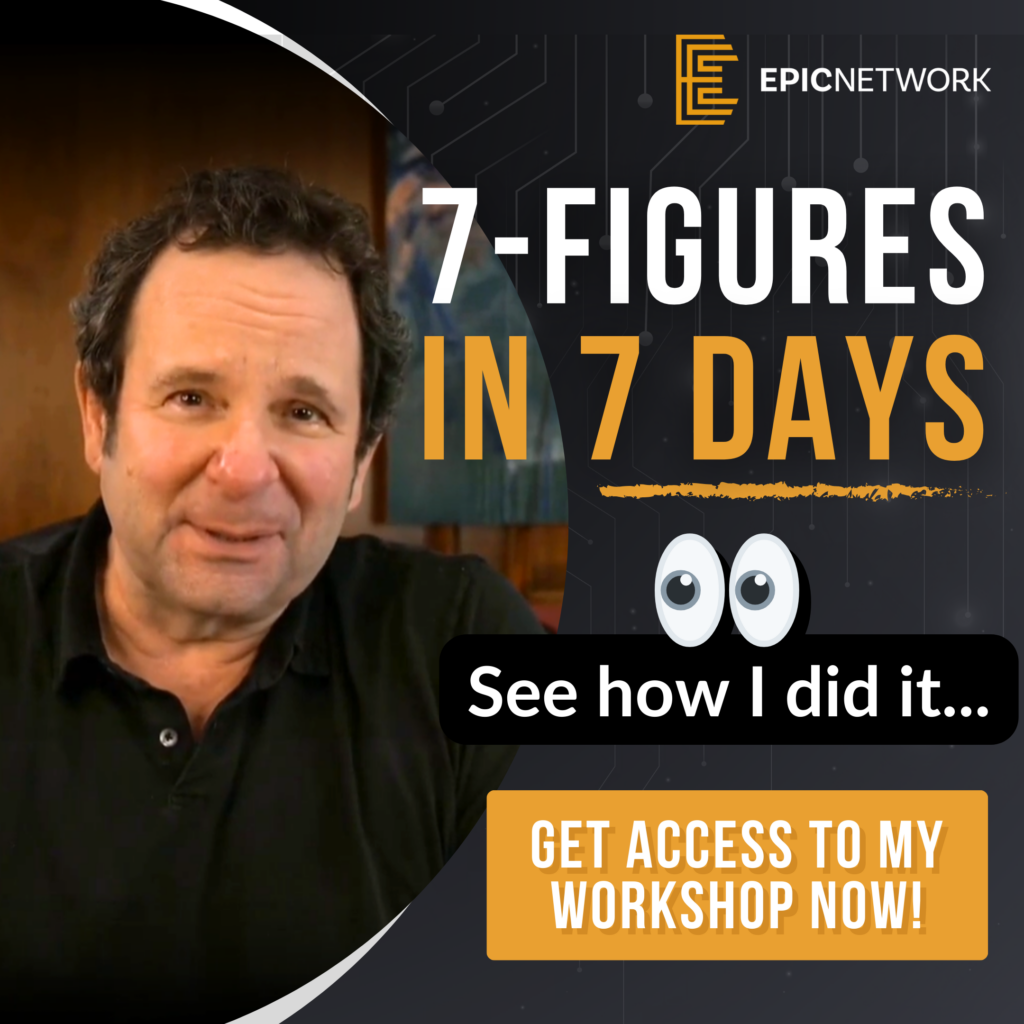
Acquiring businesses can be one of the fastest paths to building wealth, but finding the right deal—especially an off-market one—requires strategic effort. Off-market deals often offer higher ROI because you’re competing with fewer buyers and targeting motivated sellers. In this blog, we’ll explore proven strategies to help you find and acquire off-market business deals effectively.
Start Online: Top Platforms for Business Listings
Before diving into off-market deals, start by exploring businesses that are publicly listed for sale. Several platforms provide a treasure trove of opportunities:
- BizBuySell: One of the largest marketplaces for small businesses.
- Flippa: Ideal for buying online businesses, such as SaaS, eCommerce, and content websites.
- LoopNet: A great platform for businesses tied to commercial real estate.
These platforms are excellent for understanding what’s on the market and gaining insights into industry trends, pricing, and buyer expectations.
The Secret Formula: Find Motivated Sellers to Acquire Off-Market Business Deals
While online platforms are great for getting started, some of the best deals are off-market. Why? Motivated sellers often prefer to avoid the public process and sell directly to a buyer who understands their business.
Here’s how to identify and target off-market opportunities:
1. Leverage LinkedIn
- Use LinkedIn Sales Navigator to find business owners in your target industry and location.
- Search for professionals who mention retirement, transition, or exit strategy in their profiles.
- Craft personalized messages introducing your interest in acquiring a business.
2. Direct Mail Campaigns
- Send tailored letters to businesses in your niche, expressing your interest in acquisition.
- Highlight your ability to offer a smooth transition and preserve their legacy.
3. Email Outreach
- Use email tools like Hunter.io or Apollo.io to gather contact information and launch personalized campaigns targeting owners who fit your criteria.
Comprehensive Searches: Using Directories and Google Maps
Directories and local platforms are powerful tools for uncovering hidden gems to acquire off-market business deals in your desired location or industry.
- Google Maps: Search for businesses by category in your target location. For example, type “HVAC companies near me” to uncover businesses that might not have a web presence.
- Industry-Specific Directories: Look for niche directories that cater to your industry, such as trade associations or local chambers of commerce.
Combine these strategies with tools like Crunchbase or PitchBook to gather additional data on businesses of interest.
Advanced Techniques to Acquire Off-Market Business Deals
1. Use Third-Party Platforms
Platforms like Acquire.com and Empire Flippers specialize in connecting buyers with online and niche businesses that often go unlisted elsewhere.
2. Network Strategically
Attend industry events, local meetups, and trade shows to build relationships with business owners. Networking can lead to off-market opportunities through direct referrals.
3. Work with Brokers
Collaborating with business brokers who have access to exclusive listings can give you a competitive edge. Many brokers have a network of owners considering a sale but haven’t yet listed their businesses.
Maximize Your ROI with Targeted Strategies
To ensure success when acquiring businesses:
- Focus on industries you’re familiar with or passionate about.
- Look for businesses with stable cash flow and potential for growth through operational improvements.
- Negotiate favorable terms, including seller financing or earnouts.
Final Thoughts
The ability to finding and acquire off-market business deals is an art that combines research, outreach, and relationship-building. By using the strategies outlined above, you can discover opportunities that others miss and secure a deal that aligns with your financial and personal goals.
Additional Resources:
- Explore the Fundamentals of Business Acquisition
- How to Work with Business Brokers Effectively
- Learn More About Creative Financing for Business Acquisitions
Ready to explore acquisition strategies that fit your needs?
Book a Free Strategy Session with the EPIC Network to discover customized solutions to support your success.










